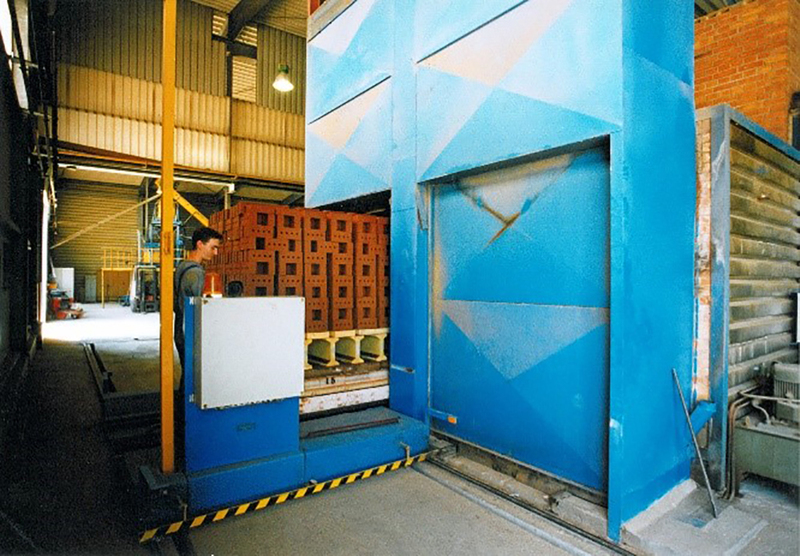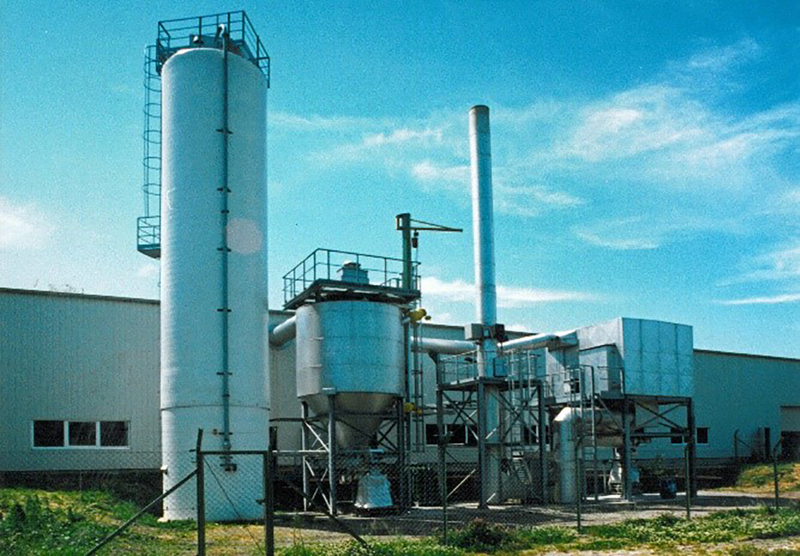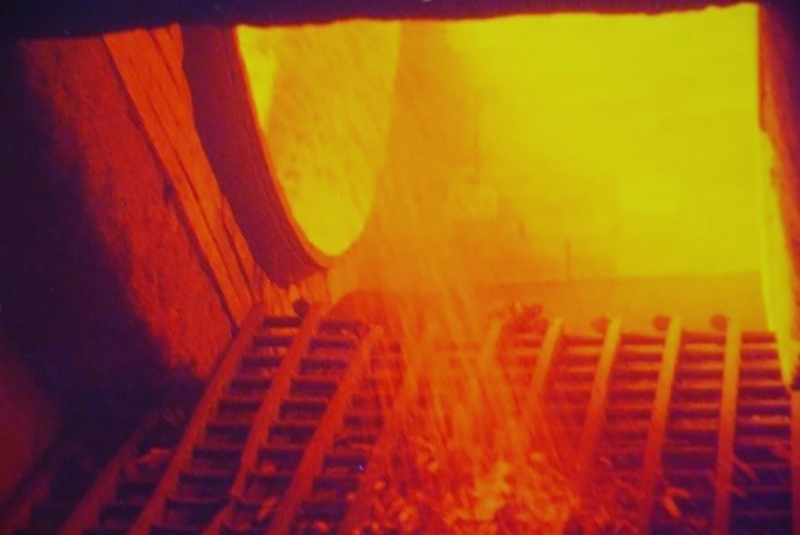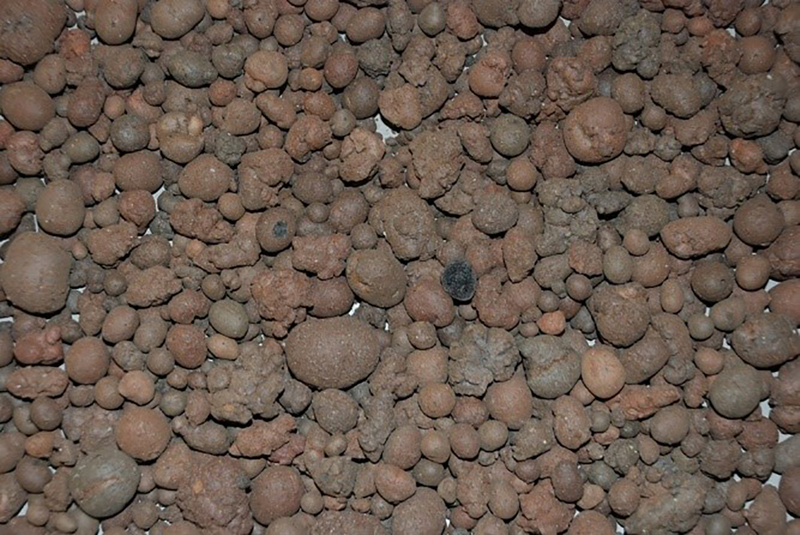Use in ceramic industry
It is possible to beneficially use treated, silty-clayey sediment in the manufacture of ceramic products (e.g. bricks and light weight aggregates (LWA)) especially using dredge sediment treated in the METHA plant. The Hamburg Port Authority has extensive experience of this.
From 1996 to 2000, the Hanseaten-Stein Ziegelei GmbH (HZG) operated a pilot brickyard. Up to 70% natural clay has been replaced with METHA material in their production process. Approximately 7 million bricks were produced during the 4 years of operation using 40,000 t of METHA-silt demonstrating the technical capability of the METHA-Material for this purpose. All operational and environmental requirements had been achieved safely at any time throughout the process. In the past, however, it was not possible to establish a large-scale brickyard at the market, especially due to economic conditions.
METHA-material had been also used in the production of LWAs. During the period from 2004 to 2016, more than 65,000 t of METHA material were delivered to FIBO ExClay Deutschland GmbH, to use the material as a substitute for clay in their LWA production. While using 10 % - 15 % of METHA-Material as part of the raw material composition, no difficulties in the operation of the kiln were recognised. All LWA standard quality parameters were fulfilled and, moreover, no technical process adjustments were necessary to meet the environmental requirements. Unfortunately, the good cooperation, which lasted for more than 10 years, ended with the closedown of the clay pit in 2016. The following objectives were achieved by using the METHA-Material as a secondary raw material in the ceramic industry:
- Establishing technical processes for the beneficial use of treated, silty-clayey dredged material
- Protection of natural resources
Efficient and cost-saving while using a secondary raw material
Graphical information:




References/web links
- Detzner, H.-D. (1995). The Hamburg project METHA, large-scale separation, dewatering and reuse of polluted sediments. European Water Pollution Control, Vol. 5, No. 5, pp. 38-42
- Bäätjer, M., Detzner, H.-D. (1997). Elbsedimente: Zukunftsrohstoff für die Ziegelindustrie. HANSA, No.7, pp. 68–71
- Detzner, H.-D., and Knies, R. (2004). Treatment and beneficial use of dredged sediments from Port of Hamburg. World Dredging Congress XVII, Hamburg, Germany. B2-1, pp. 1-14